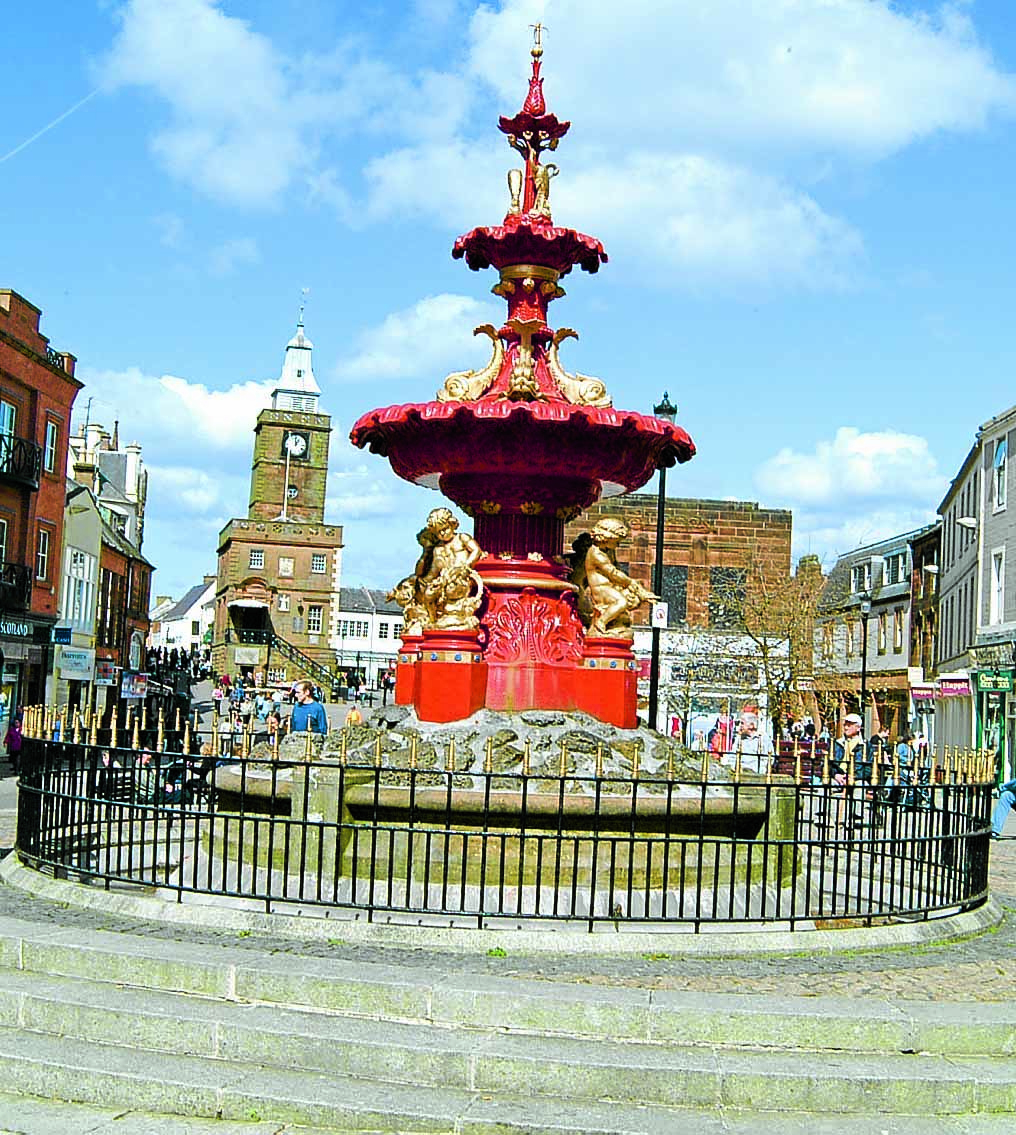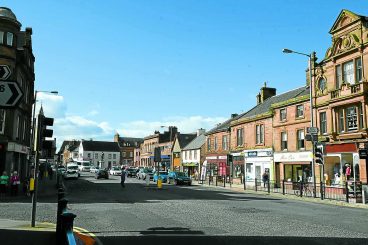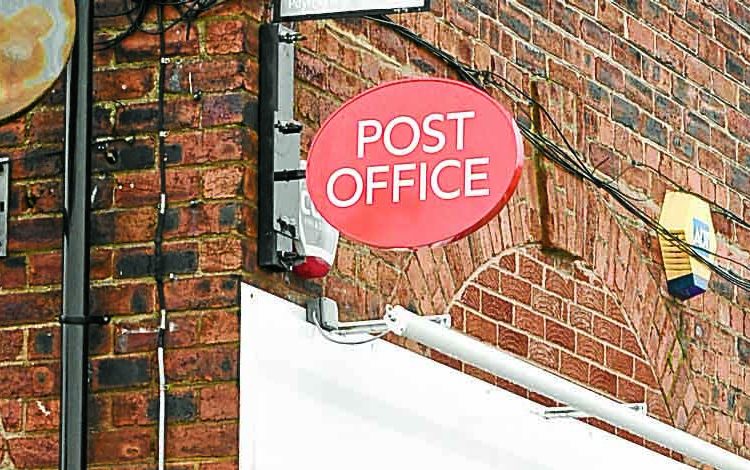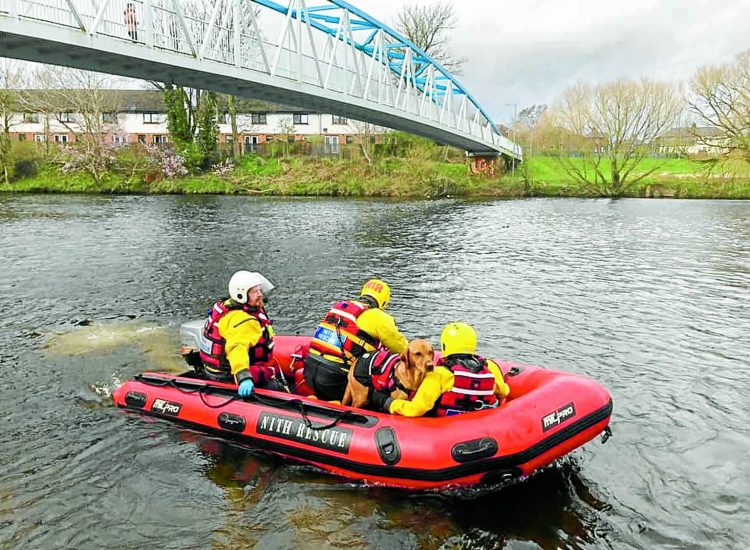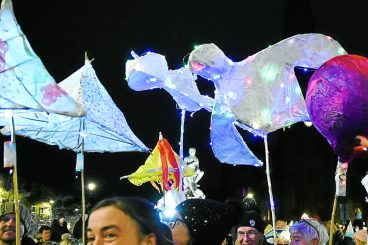The restoration project, which will cost up to £400,000, is to be discussed at Dumfries and Galloway Council’s planning committee next Wednesday.
Councillors will be asked to rubber-stamp the dismantling of the town’s historic centrepiece for refurbishment and painting, and the installation of an artwork at the site which incorporates public seating.
Historic Environment Scotland, the council’s archaeologist, and senior officers in roads and planning were all consulted and none had any objections to the work.
However, two complaints from members of the public have been lodged with the council, from households in Bank Street and Lovers’ Lane.
They are opposed to the fountain being repainted in its original “dull and boring” colours, saying: “Many residents and visitors like the red and gold colours and want to keep them. They are bright and vivid and do great credit to the fountain.”
They also argue that the proposed public artwork is inappropriate in design and would be “detrimental to the conservation area”.
The artwork has been developed to commemorate the restoration of the fountain and the Dumfries story of water. It would be in the form of stacks of concrete paving slabs, with cast iron boat sculptures set on top of six of the stacks.
Seating would be formed within the artwork and it would match the historical paint colours taken from the fountain.
However, objectors wrote a letter to the council stating: “The fountain stands on its own merits, deserves its own space, and this proposed ‘public art’/seating area is a gross intrusion.
“It is astonishing that in a conservation area that this would even be considered.
“The installation’s bulky, angular shape competes with the fountain. It is incongruous and intrusive and the cast iron ‘boats’ are a confusing silly distraction. Boats have no meaningful relationship to a decorative fountain.
“What is the point of Dumfries having a conservation management plan if brutalist architecture such as this is permitted on the High Street?”
Listed building consent is being sought for the conservation and restoration works.
A report prepared by council planning chiefs for next week’s meeting explains: “The proposed alterations include the removal of the non-original ‘rockery’ elements to reveal the original sandstone inner bowl and pedestal and reinstatement of the four missing cast iron urns with ‘aloe vera’ plants replicated in patinated copper together with the reinstatement of the water circulating system.
“The fountain would require to be fully dismantled and taken off site in order that the conservation and restoration works can be undertaken within a controlled environment before being reinstated.”





